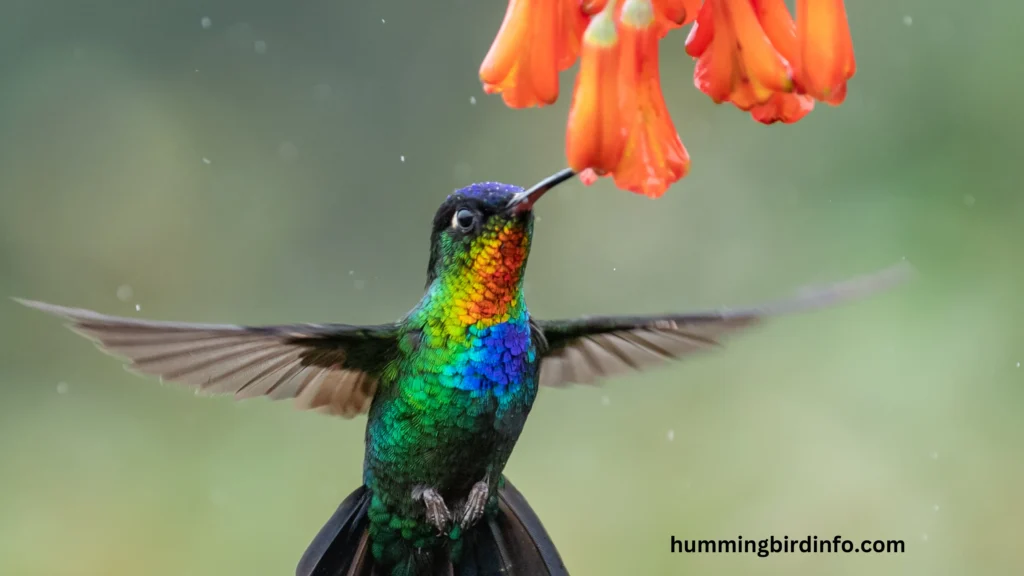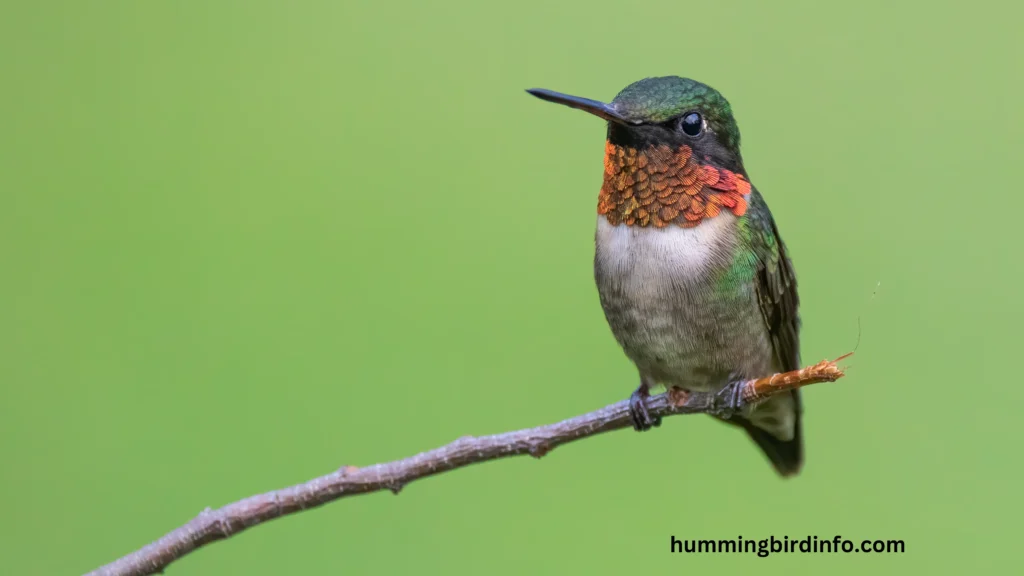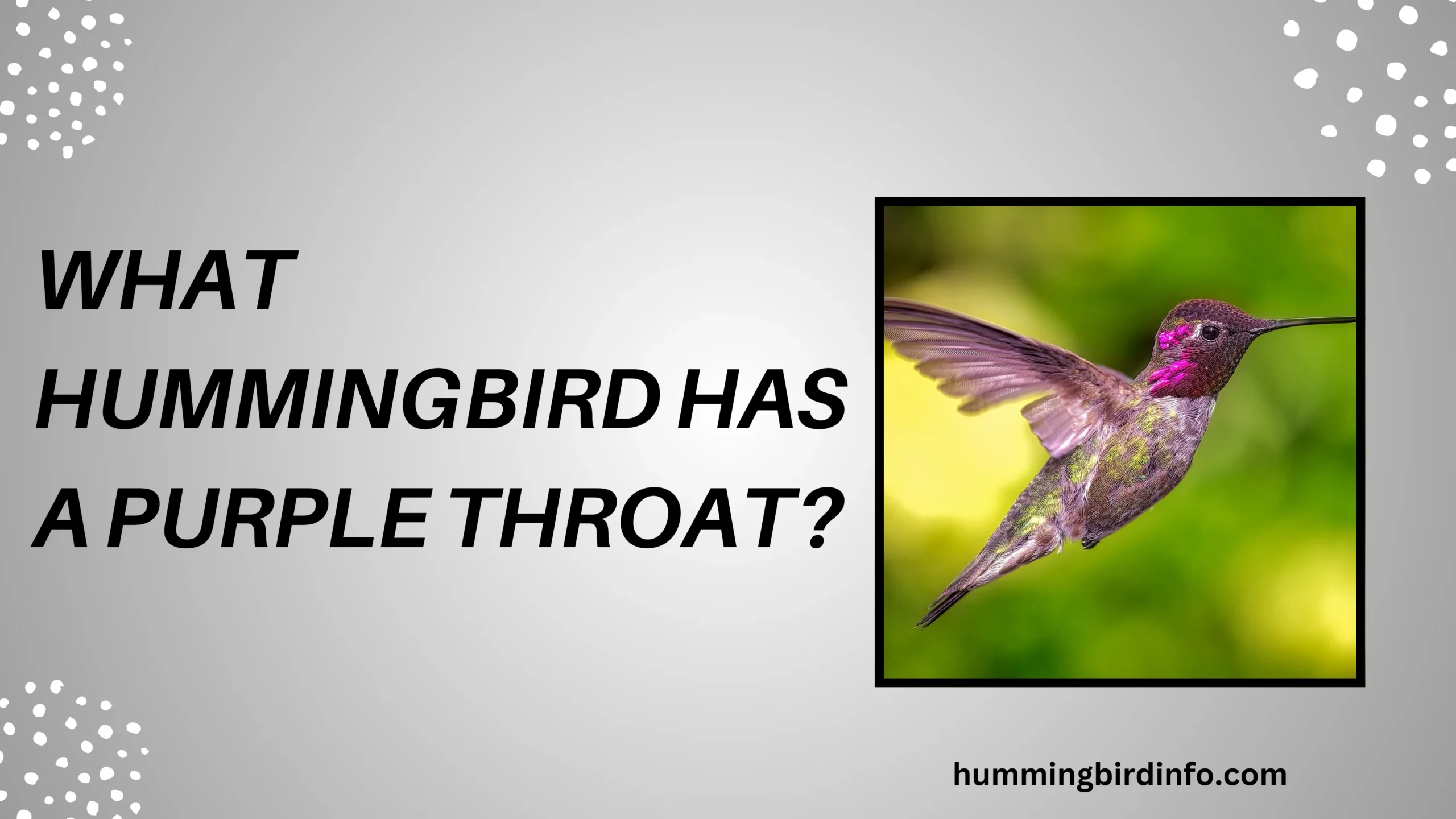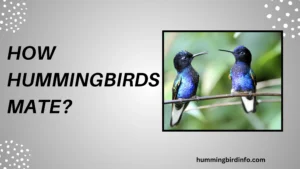Hummingbirds are among nature’s most dazzling wonders, known for their incredible agility and vibrant colors. One of the most striking features that sets certain species apart is their iridescent throat patch, called a forget.
Among these shimmering displays, the purple throat stands out as a regal and mysterious hue that has captivated bird lovers and naturalists alike.
But which hummingbird truly owns this jewel-toned purple gorget? This question is more than just curiosity—it unlocks a deeper understanding of how these tiny birds use color for survival, attraction, and communication.
The purple throat isn’t just beautiful; it’s a powerful signal in the hummingbird world, guiding courtship and warding off rivals.
This article explores the hummingbird species known for their purple throat coloration, focusing on their unique appearances, habitats, and the science behind their glowing feathers.
By the end, you’ll know exactly which hummingbirds wear purple as their signature and why this color matters so much in their lives.
Contents
- 1 The Majestic Purple-Throated Hummingbirds
- 2 The Science Behind the Purple
- 3 Observing and Identifying Purple-Throated Hummingbirds
- 4 Conservation and Appreciation
- 5 Conclusion
- 6 FAQs
- 7 1. What hummingbird has a purple throat?
- 8 2. Why do hummingbirds have iridescent purple throats?
- 9 3. Can you always see the purple color on hummingbird throats?
- 10 4. Do female hummingbirds have purple throats?
- 11 5. Where can I find purple-throated hummingbirds?
- 12 6. How do hummingbirds use their purple throats?
The Majestic Purple-Throated Hummingbirds
Costa’s Hummingbird (Calypte costae) is the desert’s own jewel, boasting a brilliant violet to deep purple gorget that flares out like a mustache. The male stands out with its green crown and back, white belly, and a striking purple throat that extends down the sides.
The female is more subdued, lacking this purple brilliance but sharing the green and white palette.
Found mainly in the arid Southwest U.S. and northwestern Mexico, Costa’s hummingbirds thrive in desert scrub and chaparral, feeding on nectar from desert plants like chuparosa and ocotillo.
Their purple gorget plays a key role in courtship, where males flash it during aerial displays and high-pitched whistles to attract mates and defend territory.
The Lucifer Hummingbird (Calothorax lucifer), another desert native, features a long, forked magenta to deep purple gorget that extends beyond the throat like a shimmering tassel. Males have iridescent green upperparts and a distinctive down-curved bill, while females are plainer with no purple throat.
This species favors dry canyons and hillsides in Texas, Arizona, and Mexico.
Lucifer hummingbirds use their unique purple gorget in courtship displays, hovering to show off these elongated feathers to females. Their diet centers on nectar from desert flowers like agave and small insects, vital for their high-energy lifestyle.
Although less common, their purple throats mark them as desert royalty.
The Black-chinned Hummingbird (Archilochus alexandri) is more subtle, with males sporting a mostly black throat patch that flashes a narrow band of iridescent purple under bright sunlight.
Their green backs and white undersides are complemented by this hidden purple feature, making them a challenge to identify without good lighting.
Widely distributed across western North America, Black-chinned hummingbirds inhabit various environments, often near water.

The purple on their gorget is less obvious but just as important for mate attraction and territorial defense, illustrating how even subtle coloration can have big roles.
Though not strictly purple-throated, the Violet-crowned Hummingbird (Amazilia violiceps) deserves mention. It sports a violet-blue crown instead of a throat patch, with white underparts and greenish upperparts.
Found in Mexico and parts of the southwestern U.S., this species reminds us that hummingbird colors vary widely and each has its own unique charm.
The Science Behind the Purple
The purple coloration in hummingbird throats is not due to pigment but structural coloration, created by microscopic layers in the feathers that bend and reflect light.
This interference effect causes the feathers to shimmer and change color depending on the angle of light and the observer’s viewpoint.
Underlying this iridescence is often a layer of melanin, which provides a dark base that enhances the brightness and richness of the purple hues. Because of this complex structure, the gorget’s color can appear to shift from deep purple to black, blue, or magenta in different lighting conditions.
This dynamic color change is more than just beautiful—it provides an evolutionary advantage. The vibrant purple gorget acts as a visual signal during mating rituals and territorial disputes, allowing hummingbirds to stand out and communicate effectively without the need for sound.
Observing and Identifying Purple-Throated Hummingbirds
To truly appreciate these purple-throated gems, seek them in their native habitats—the deserts and canyons of the Southwest U.S. and Mexico. Observing during bright daylight enhances the visibility of their shimmering gorgets.
Don’t rely solely on throat color for identification; consider other features like bill shape, tail structure, body size, and behavior. Using binoculars helps bring these details into focus and enriches the birdwatching experience.
Consult reputable field guides and online resources with clear photos and descriptions to deepen your understanding and increase your chances of correctly identifying these stunning hummingbirds.
Conservation and Appreciation
Protecting the natural habitats of these purple-throated hummingbirds is crucial, especially the fragile desert ecosystems they call home. Habitat loss and pesticide use threaten the flowering plants and insect prey that sustain them.

Providing clean, pesticide-free hummingbird feeders can help support local populations during migration and breeding seasons. Responsible backyard feeding and habitat conservation foster a healthier environment for these tiny marvels.
Appreciating their jewel-like beauty reminds us of nature’s artistry and the importance of preserving biodiversity, inspiring both bird lovers and casual observers to protect these iridescent treasures.
Conclusion
In summary, hummingbirds like Costa’s and Lucifer Hummingbirds proudly wear the purple throat as a vibrant badge of identity and attraction, while species like the Black-chinned Hummingbird display subtler shades of violet.
This iridescent color is the result of fascinating structural feather anatomy that allows them to dazzle and communicate in ways other birds cannot.
By learning to spot and appreciate these purple gems, we deepen our connection to the natural world and help promote their protection. Their glowing gorgets remind us of the rich diversity and wonder hidden even in the tiniest creatures.
Next time you glimpse a flash of purple among the hummingbird visitors in your backyard or on a desert trail, take a moment to admire the spectacular story of color, survival, and beauty behind that glowing throat.
FAQs
1. What hummingbird has a purple throat?
The Costa’s Hummingbird and Lucifer Hummingbird are the most famous species with bright purple throats.
2. Why do hummingbirds have iridescent purple throats?
Their purple coloration comes from structural coloration, which reflects light differently depending on the angle.
3. Can you always see the purple color on hummingbird throats?
No, it depends on lighting conditions and the bird’s position relative to the observer.
4. Do female hummingbirds have purple throats?
Usually, females lack the vibrant purple gorget, displaying more muted colors.
5. Where can I find purple-throated hummingbirds?
Mostly in the Southwestern U.S. and Mexico, especially desert and scrub habitats.
6. How do hummingbirds use their purple throats?
For courtship displays to attract mates and territorial defense against rivals.








